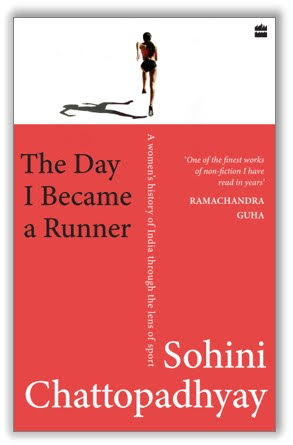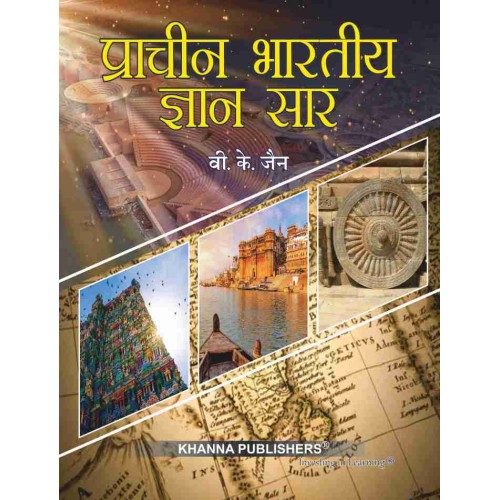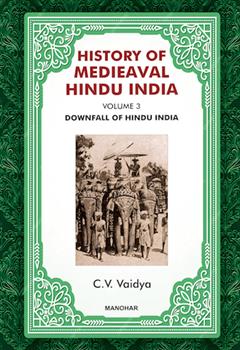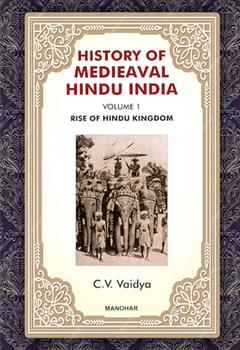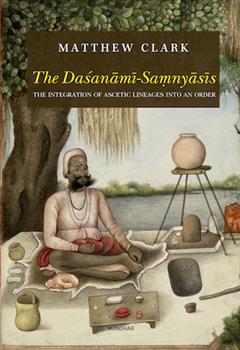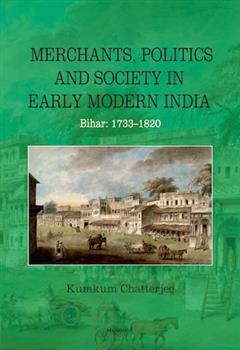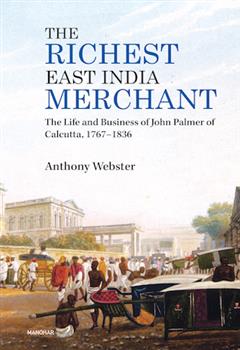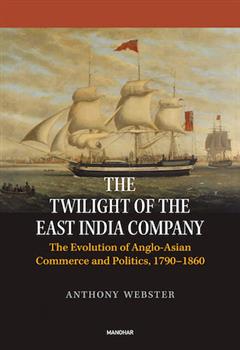History
Featured Products
The Day I Became a Runner A Women's History of India through the Lens of Sport
₹419.30
M.R.P.:₹ 599.00
You Save: ₹179.70 (30.00% OFF)
Pracheen Bhartiya Gyaan Saar / प्राचीन भारतीय ज्ञान सार
₹319.68
M.R.P.:₹ 333.00
You Save: ₹13.32 (4.00% OFF)
History of Medieaval Hindu India: Downfall of Hindu India (Volume 3)
₹672.00
M.R.P.:₹ 800.00
You Save: ₹128.00 (16.00% OFF)
History of Medieaval Hindu India: Early History of Rajputs (750 to 1000 A.D.) (Volume 2)
₹583.80
M.R.P.:₹ 695.00
You Save: ₹111.20 (16.00% OFF)
History of Medieaval Hindu India: Rise of Hindu Kingdom (Volume 1)
₹630.00
M.R.P.:₹ 750.00
You Save: ₹120.00 (16.00% OFF)
The Dasanami-Samnyasis: The Integration of Ascetic Lineages Into an Order
₹1,497.05
M.R.P.:₹ 1,895.00
You Save: ₹397.95 (21.00% OFF)
Merchants, Politics and Society in Early Modern India: Bihar: 1733-1820
₹1,339.05
M.R.P.:₹ 1,695.00
You Save: ₹355.95 (21.00% OFF)
The Richest East India Merchant: The Life and Business of John Palmer of Calcutta, 1767-1836
₹1,023.05
M.R.P.:₹ 1,295.00
You Save: ₹271.95 (21.00% OFF)
The Twilight of the East India Company: The Evolution of Anglo-Asian Commerce and Politics, 1790-1860
₹1,023.05
M.R.P.:₹ 1,295.00
You Save: ₹271.95 (21.00% OFF)


